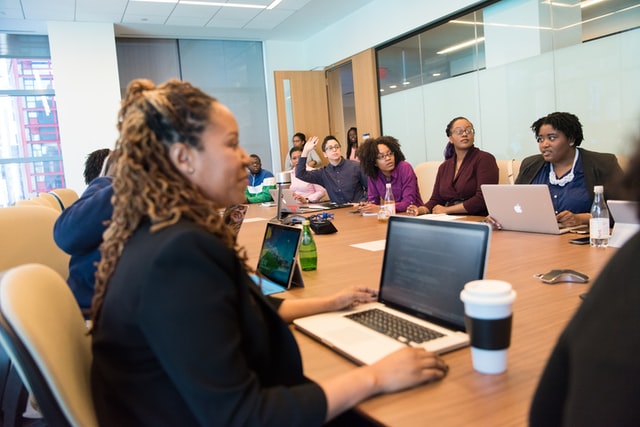Tips For Group Exercises In Big Organisations

The group exercise is a key part of the assessment centre day and helps graduate recruiters assess how you’d perform in the job. Find out what they’re looking for and how to impress them.
The group exercise is used to see your communication and problem-solving skills in action, and to ensure that you can work effectively in a team.
You need to support the group in completing the task that has been set, whether that involves discussing a issue, constructing something from bits of stationery or analysing a complex business case study and presenting your findings.
The best way to impress the employers is to show yourself as a good team player – flexible, full of ideas but willing to listen to and help expand the ideas of others.
Tips on skills to demonstrate in the group exercise
- You need to contribute, but not to dominate. Be assertive, but not aggressive. If you are aware that you are usually a shy person who does not speak up, do your best to participate. If you know that you can sometimes be overbearing in groups, hold that tendency in check.
- Speak clearly and confidently. Listen and don’t interrupt. Be aware of what others in the group are contributing. You could try to draw out quieter members and seek their views.
- Be diplomatic. If one person is behaving in a dominant way, don’t shout them down, but try to make sure that everybody gets a chance to share their thoughts. Be prepared to compromise.
- Keep an eye on the time and stay focused on the overall objective. From time to time, try to summarise the group’s progress.
The group case study exercise
In this type of exercise, the group is given a set period to work together to respond to a case study brief, often a set of documents based on a real-life business situation. At some assessment centres the candidates may have already been interviewed about the case study brief on an individual basis. The group may be invited to present its findings as part of the exercise.
The case study scenario is likely to present the sort of challenges that you would encounter on the job and gives the assessors a chance to see how you would perform. Sometimes each candidate is given a different briefing document or role to play, and the group should reach a conclusion despite the conflicting views of its members.
- Advice on demonstrating your network skills
- Practice for group exercises
The discussion groups
A discussion group involves the group members sitting round in a circle and being given a topic or topics to discuss. The nature of the topics can vary but usually they involve an issue of current importance to students or something that’s been in the news recently. You are not usually given time to prepare so it’s not a bad idea to read a quality newspaper in the weeks before the assessment centre. At the end of the discussion each candidate may be invited to comment briefly in turn on one of the group’s conclusions, so it’s vital to listen as well as to speak up.
- Advice on demonstrating your communication skills
The leadership tasks
Very occasionally, when the organisation is particularly interested in testing your leadership skills, you will be asked to chair a meeting or act as leader of your group. Once again there will be a set task but this time you will be expected to be in charge and to lead the others to success. This is what the assessors will be looking for:
- A good leader delegates. The task cannot be done by you alone. You must divide up the work between the others.
- A good leader uses the strengths of others. You must identify the strengths of the individuals in your group and use them in appropriate ways.
- A good leader knows what’s going on. Don’t get too involved in doing things. It’s better to monitor what’s going on and make changes if things don’t work out.
The ice-breaker
Organisations use ice-breakers to help you relax and to help the group to gel. Sometimes they are practical and involve the completion of a task within a tight deadline, or they might be more intellectual. Everyone is expected to play a part and share information.
Image Reference: https://unsplash.com/photos/0Nfqp0WiJqc









Leave a Reply